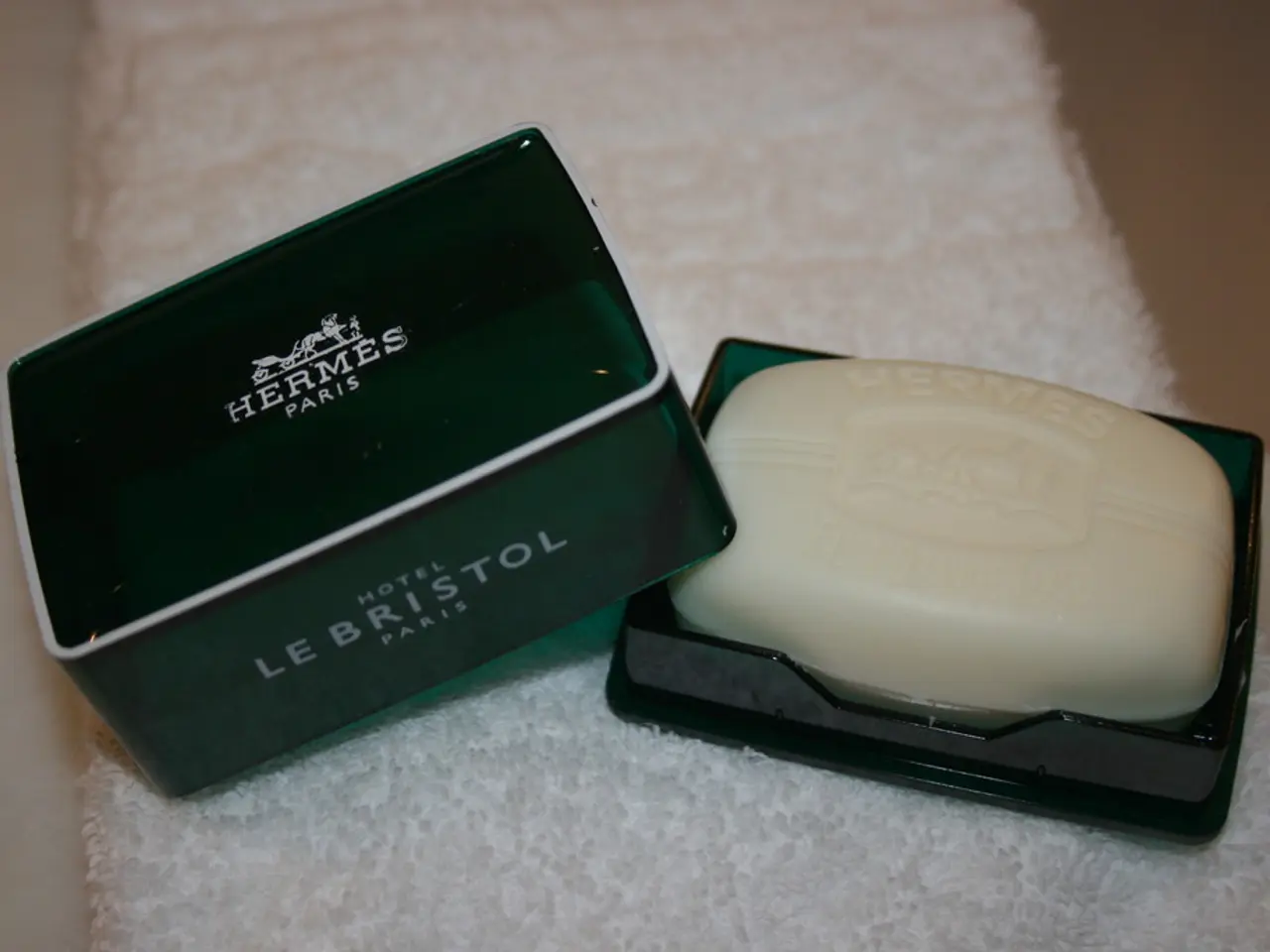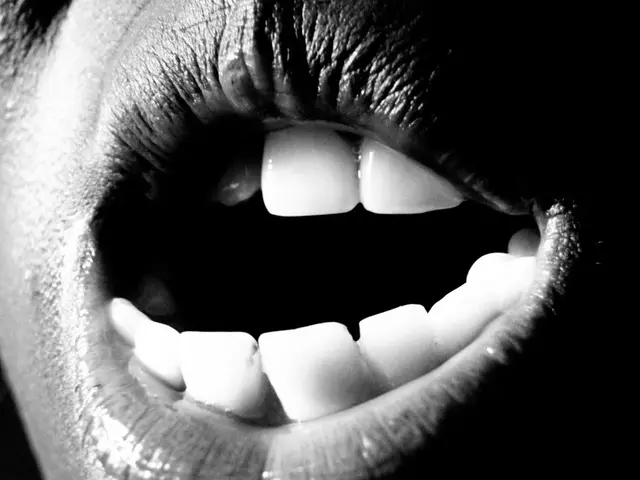Understanding Lice Shampoo Functionality: Guidance on Application and Beyond
Head Lice Treatments: Over-the-Counter vs Prescription Shampoos
Head lice infestations can be a nuisance, and understanding the differences between over-the-counter (OTC) and prescription lice shampoos is crucial when choosing the right treatment.
OTC lice shampoos, commonly containing permethrin (1%) or pyrethrin-based ingredients, are effective at killing live lice but generally do not kill the nits (lice eggs). This means that manual nit removal is necessary to fully resolve infestations. Additionally, many lice populations have developed resistance to these OTC chemicals, reducing their efficacy in some areas.
Prescription lice treatments, on the other hand, tend to use more potent or different active ingredients such as ivermectin lotion, malathion lotion, or spinosad topical suspension. Some of these prescription treatments are more effective at killing both live lice and their eggs. For example, spinosad is noted for its effectiveness in killing nits, and ivermectin has been clinically proven with single applications to treat lice without the need for nit combing. Prescription treatments are also more effective against resistant lice strains.
Here's a comparison of the two types of treatments:
| Aspect | Over-the-Counter Shampoos | Prescription Treatments | |-----------------------------|------------------------------------|------------------------------------------------| | Active Ingredients | Permethrin, Pyrethrin | Ivermectin, Malathion, Spinosad | | Effectiveness on Live Lice | Yes | Yes | | Effectiveness on Nits | No | Yes (e.g., Spinosad, Ivermectin) | | Resistance Issues | Resistance common in many areas | More effective against resistant ("super") lice | | Need for Nit Removal | Manual nit removal required | Often no nit combing needed (e.g., Ivermectin) |
Prescription treatments can sometimes eliminate both lice and nits with a single application, while OTC shampoos require additional manual nit removal.
After the second treatment, a person will need to comb the hair through with a lice comb, avoid washing the hair for 2 days, and continue to comb the hair with a lice comb daily for 2-3 weeks. Guidelines suggest combing hair with a lice comb once a day for 2-3 weeks after treatment.
It is important to note that Lindane, a potent medication available as a shampoo, is no longer an acceptable head lice therapy due to the risks of use. It is not suitable for infants and children, older adults, people with extremely irritated skin or sores, pregnant people or individuals who are breastfeeding, people with HIV, people with a seizure disorder, anyone who weighs under 110 pounds, and is not available in California due to its potential toxicity.
Treatment with lice shampoo involves four stages: reading instructions, lathering the shampoo, leaving it on for several minutes, rinsing, and using a lice comb. It is important to limit the amount of skin the product touches, use a single product, only use the amount stated on the bottle, and use a lice comb to remove lice and nits from the hair.
Some specialized lice removal treatments (like enzyme-based or heated air methods used in clinics) can kill both lice and nits safely without harsh chemicals, but these are outside the typical shampoo categories.
In summary, while OTC lice shampoos mainly kill live lice but not nits and may be less effective on resistant lice, prescription treatments tend to kill both lice and nits and are formulated to overcome resistance. Always consult with a healthcare professional before choosing a treatment.








